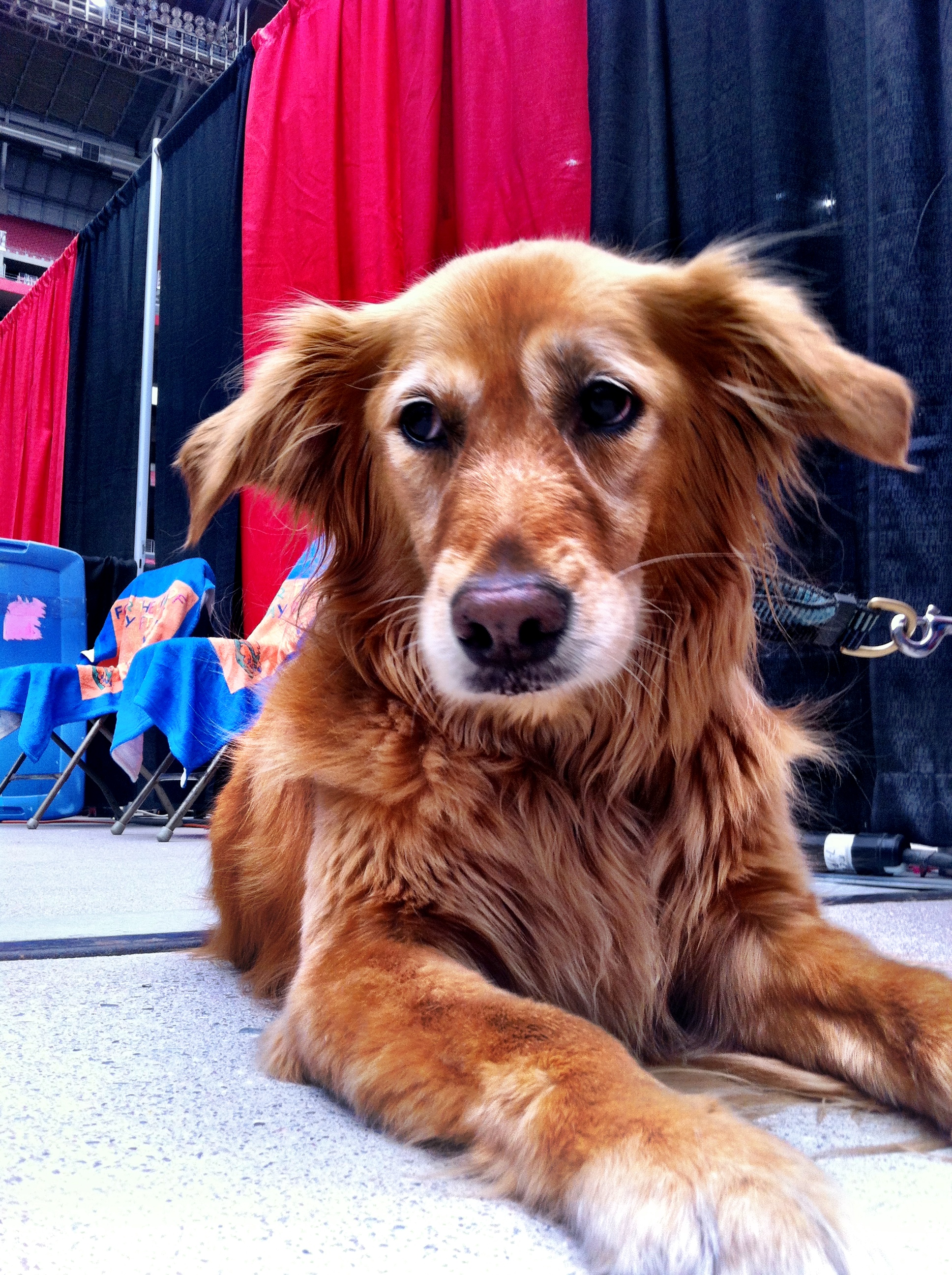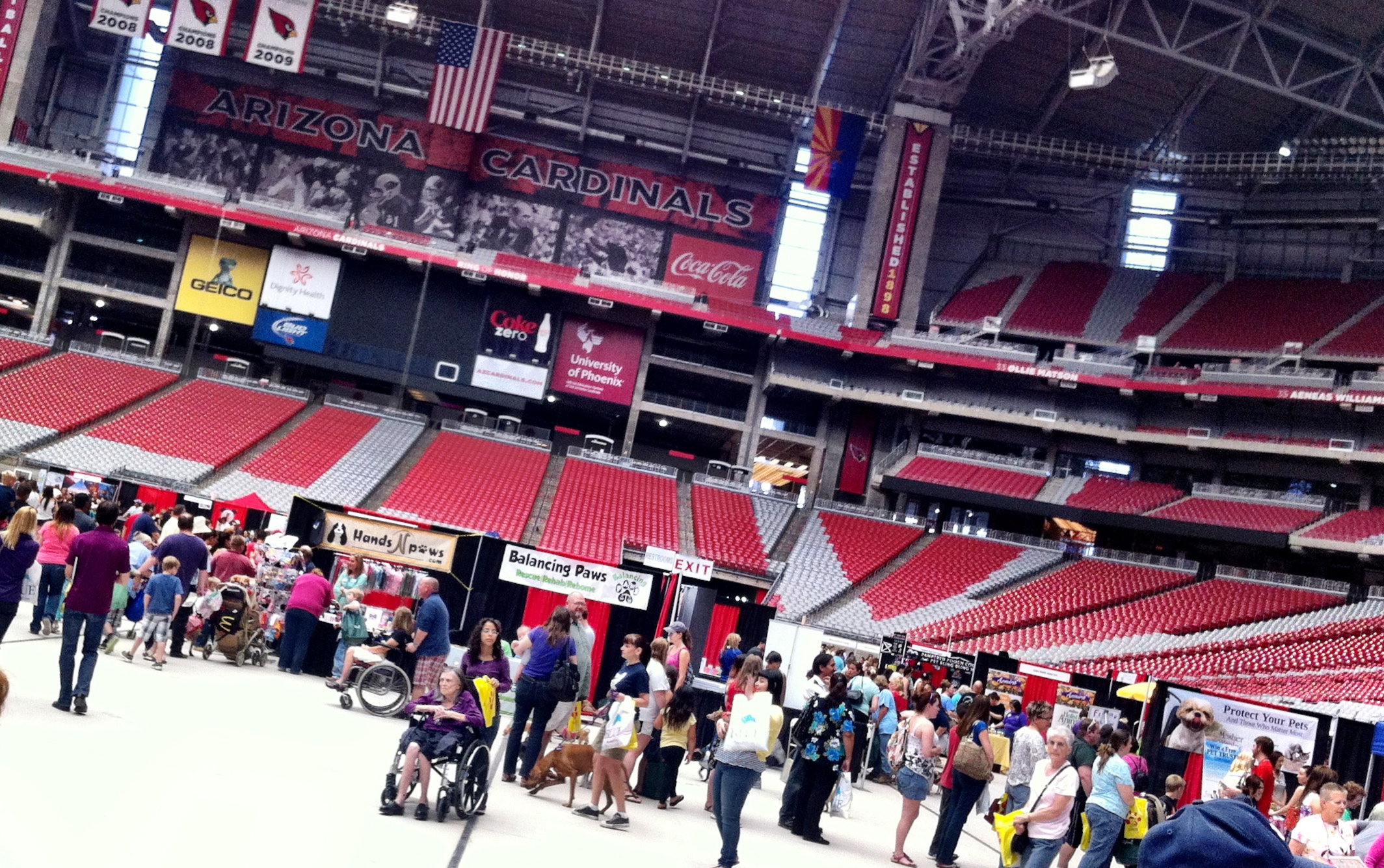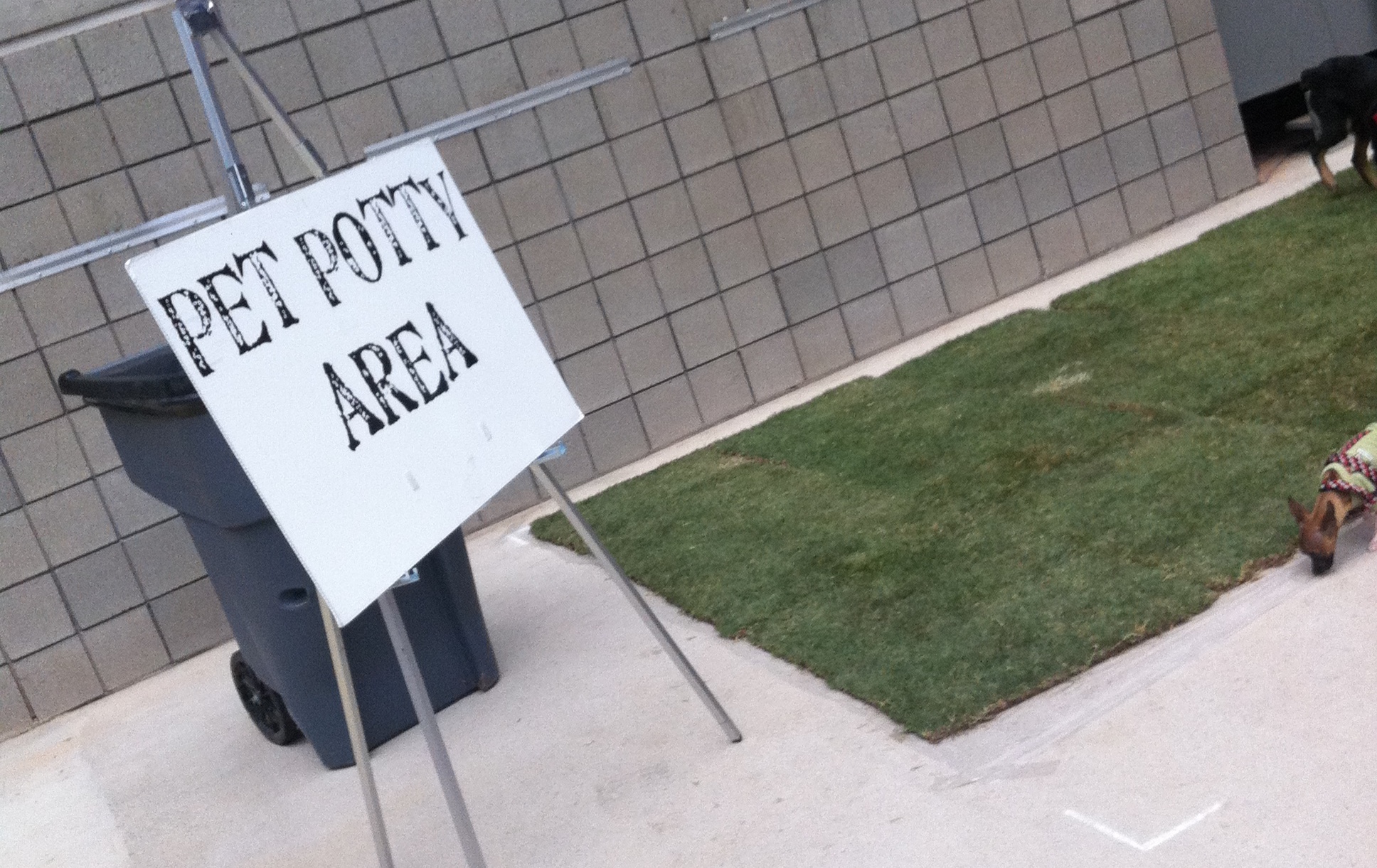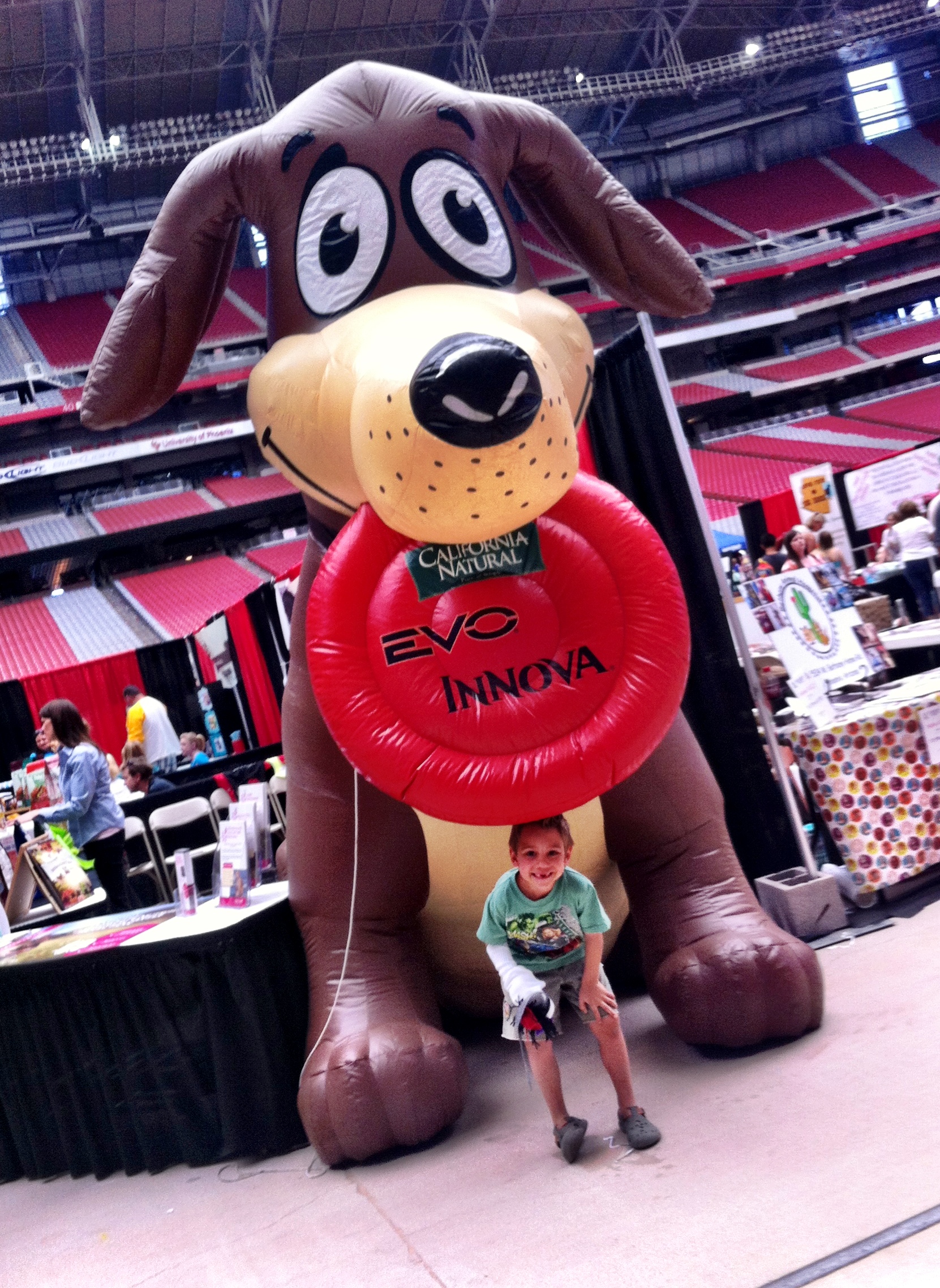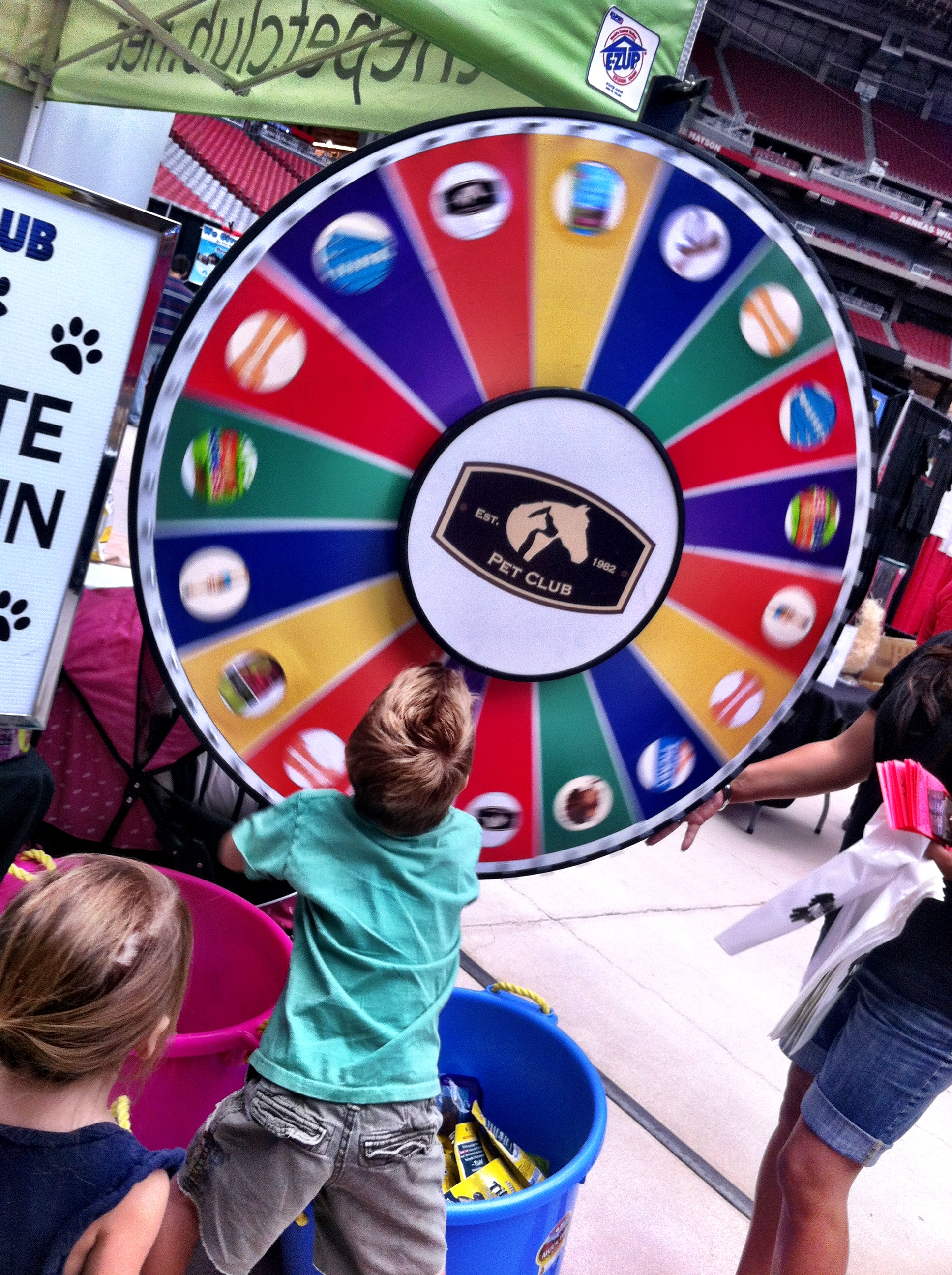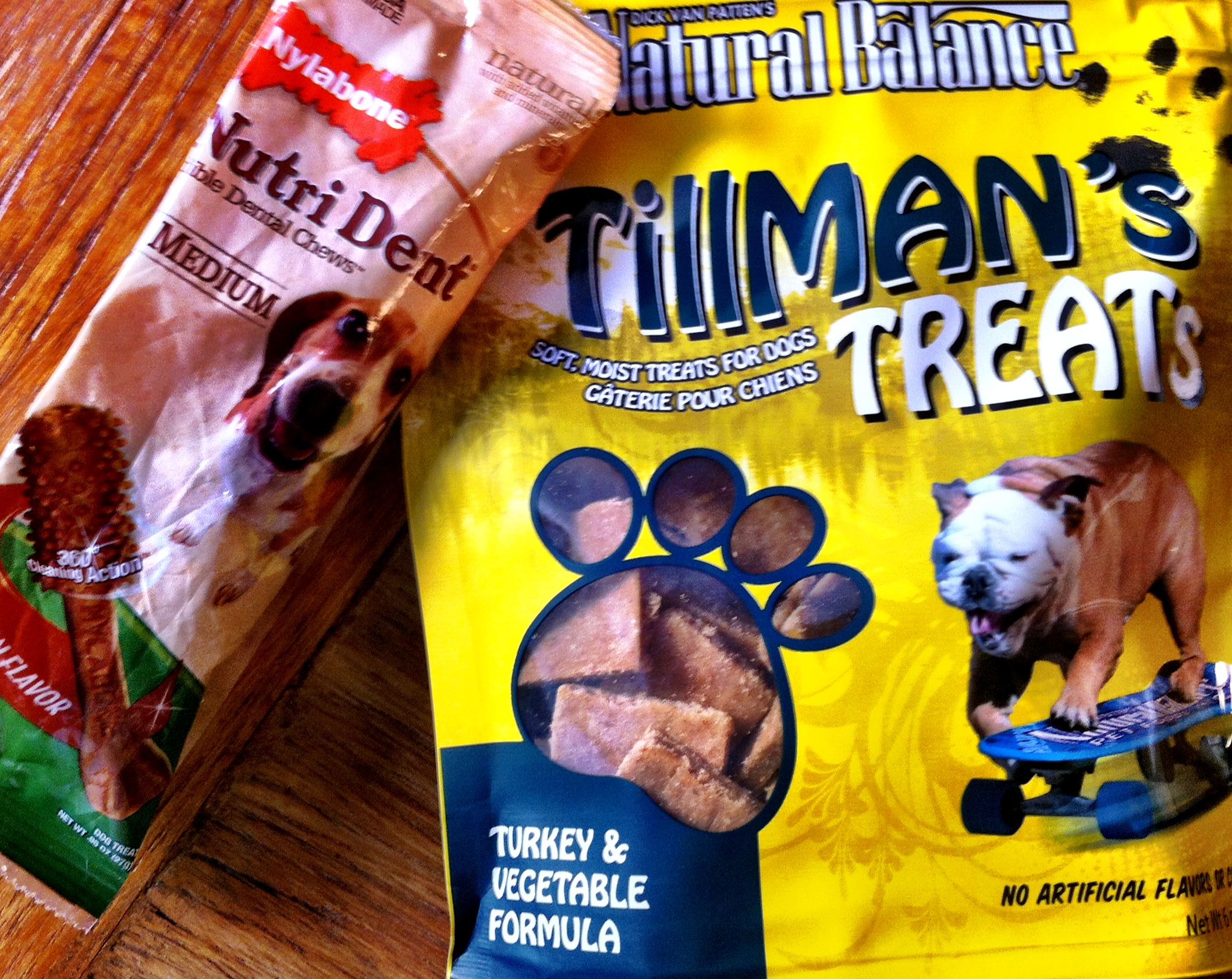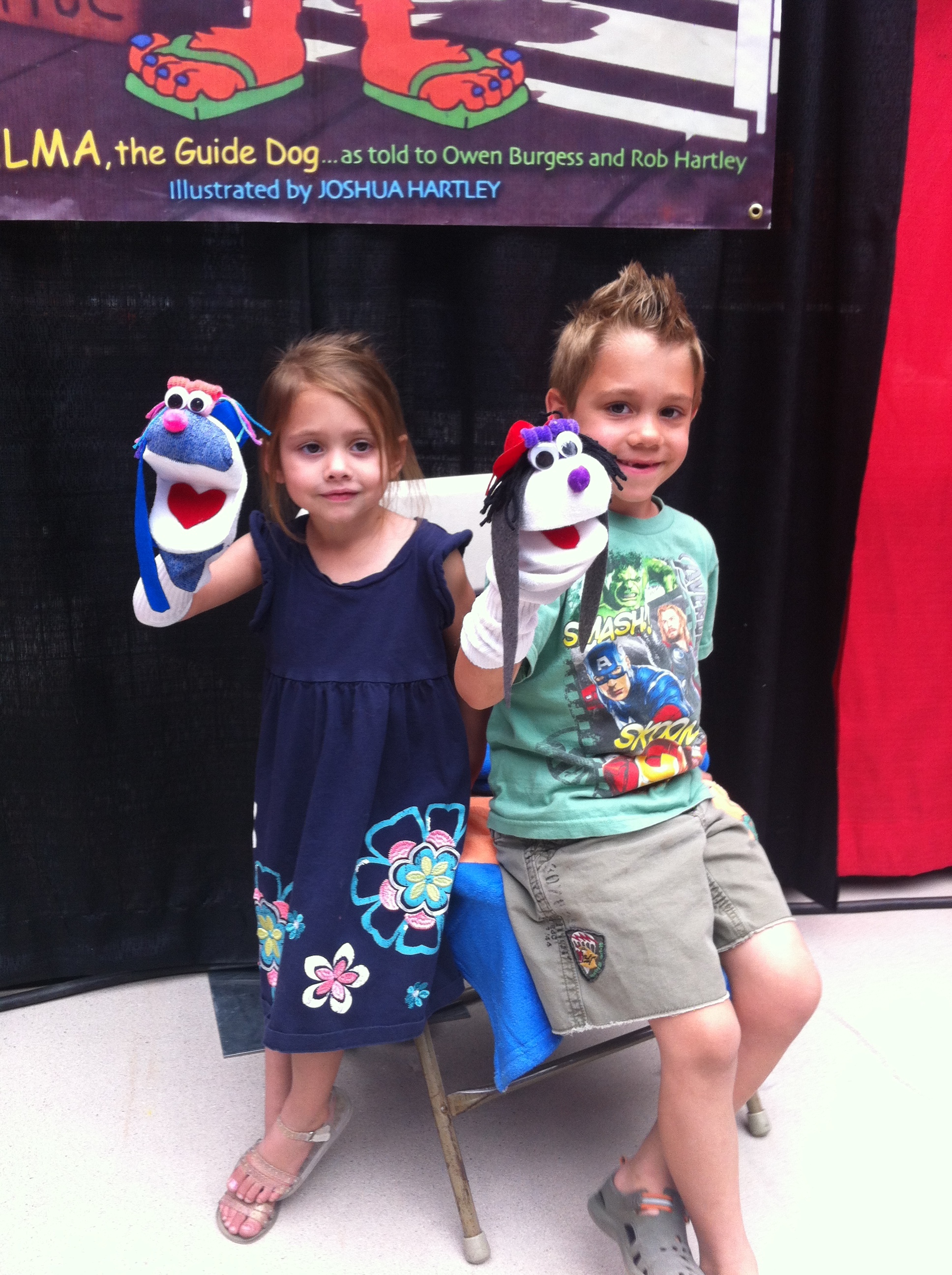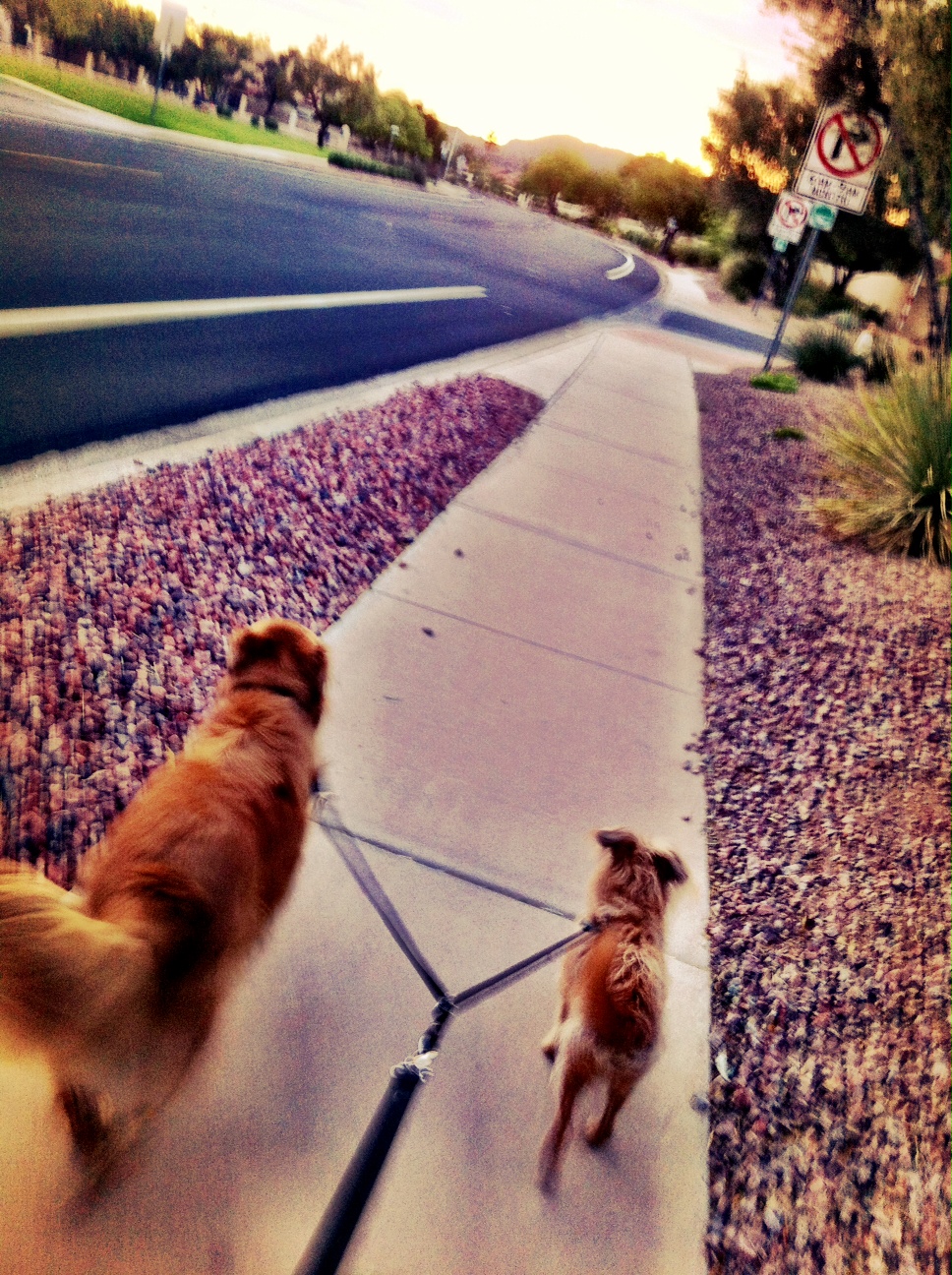When I schedule an initial consultation, a prospective client might warn me that their pet is is "shy" or "timid" or "skittish." In reality, their animal is fearful of strangers and new situations, and possibly a whole host of other things. This type of animal is actually a wonderful candidate for the right professional in-home pet sitter. Some animals are fearful because they have had a negative experience in the past. Unfortunately, they can't tell us why they are troubled. I still haven't completely given up my girlhood dream that an animal might someday just speak up.
Until then, it's up to us to take charge of the situation and do our best to ease the animal's fears. I have a method that is almost always successful. New clients are often amazed that their usually-reclusive animal will snuggle up to me only a few minutes after my arrival. "Wow, she really likes you. She never likes anyone."
Take the situation where you're arriving at a friend's house. The dog is barking it's brains out and retreating or hiding behind something. (Yes, many dogs bark at me when I first meet them.) If you want to be friends with the animal, what would your first instinct be?
I'm guessing it would be to talk to the animal and ease it's fears. Show how friendly you are by raising the pitch of your voice and smiling at the dog, perhaps approaching it with your hand out in an unthreatening way. That would be very sweet of you, but would be the last thing you'd want to do. Ninety-nine times out of a hundred, it would only worsen the situation. A human might see a friend, but a dog would see a threat. Your strange voice would alarm her. Making eye contact with her is considered a threat in dog language. Putting your hand out invites a bite, and moving toward the dog makes her feel like you are chasing her. And that nice smile? Well, in the dog's mind, you're bearing your teeth, a sign of impending attack.
Perhaps if you entice the dog with a treat? Then you would only be reinforcing the behavior you don't want to see. Oops. Let's definitely not do that.
What can you do instead?
Nothing.
It may seem a bit odd, so I always warn my potential clients ahead of time. "Please know that when I arrive, I'll ignore Princess since you told me she's shy. It's not because I don't want to be her friend, but I want her to be able to get to know me on her terms."
When I am invited in the home and Princess is barking and hiding behind her owner, I don't even look at her. I act as if she's not there. I greet the owner and any other friendly animals that may want to hug and kiss me, but completely ignore Princess. She gets to see that I'm not a threat to others in the home. I then ask the owner if there is a place where we can sit and chat about the animals in the home. We sit at a kitchen table or living room couch.
Usually within a couple of minutes of my sitting down, Princess will be sniffing my leg. I continue to ignore her. She may retreat and come back a few times. Once she is relaxed and seems to be more comfortable, I'll offer the back of my hand, without saying a word, and without looking at her. If she sniffs my hand and stays, I'll scratch her chin. It is important not to put my hand on top of the dog's head, because that is a dominance signal. Fearful dogs need you to help them rise to the occasion (chin up) rather than show them your dominance (covering the top of their head). There is a place for the head pat with secure, confident animals.
I'm gaining trust at this point, but I don't talk to her or look at her. At all. In fact, when the consultation is over, I leave the home without ever having acknowledged Princess directly. You know how you should always leave your date wanting more? Well, the same goes here.
When I come back next time, the owners usually aren't home. Princess may bark for a bit, and I'll just ignore her. She then remembers me as a non-threatening individual and warms up quickly.
Just this past weekend, I cared for a fearful dog. She was a brand new client, and I ignored her during my first visit to the home when the owners were away. She barked at first, so I sat down and pet the other dogs. I kept my back to the fearful dog. I eventually felt her sniffing my back. It took a couple of visits, but she finally allowed me to pet her. It was all on her terms, so she felt comfortable. We aren't best friends, yet, but these matters take time, like any solid relationship.
Fearful cats can be a bit more stubborn, but the method is just the same. I have won over quite a few felines this way. For the few that stay in hiding, I always make sure to see their glowing eyes before I leave them alone, just to make sure they are safe. There is one home I have been visiting for eight years now, and I've still never seen the two cats who live there. I know their hiding places, so I quickly peek for the glowing eyes, and then go about the business of feeding and litter-box scooping. I don't ever pester them or try to coax them out, because I know that would only make them hide deeper in the closet or trick me with an altogether new hiding spot. I'm not sure there's any chance I'll ever get to pet those two, but I always keep a bit of hope.
The trick to gaining the trust of a fearful animal is to always remember that the dog is a dog and the cat is a cat. Learn their language for the best chance to break down their fearful barrier to lifelong friendship.
disclaimer: Sometimes fearful animals can become aggressive. Always use extreme caution around aggressive animals. Truly aggressive animals can be very dangerous and may require professional, one-on-one attention for rehabilitation.

